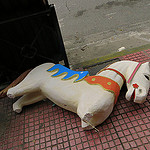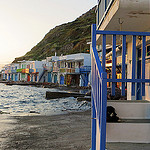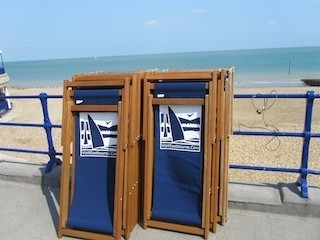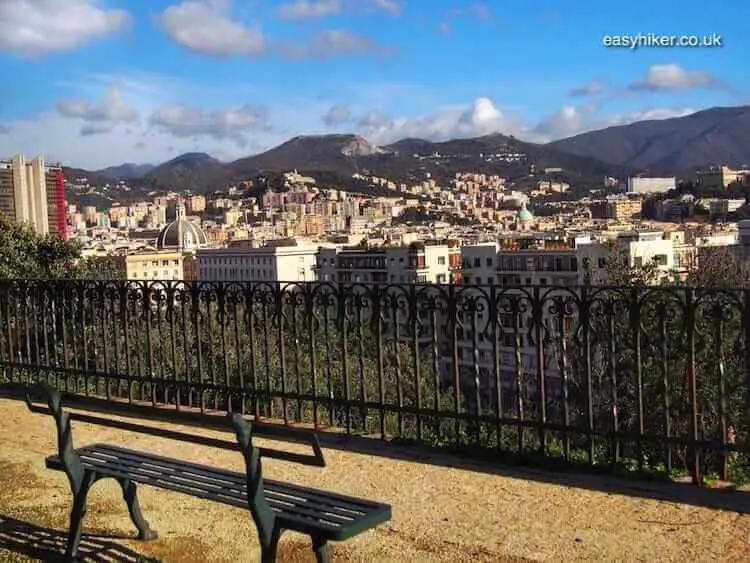People either love big cities or they don’t. If you are not energized by the noise, the speed, the rapid flow of images – and if the prospect of having to process all the stimuli and information at the same time fills you with dread rather than nervous excitement, you will not love Madrid.
There is no point beating about the bush: the Spanish capital is not for the faint-hearted.
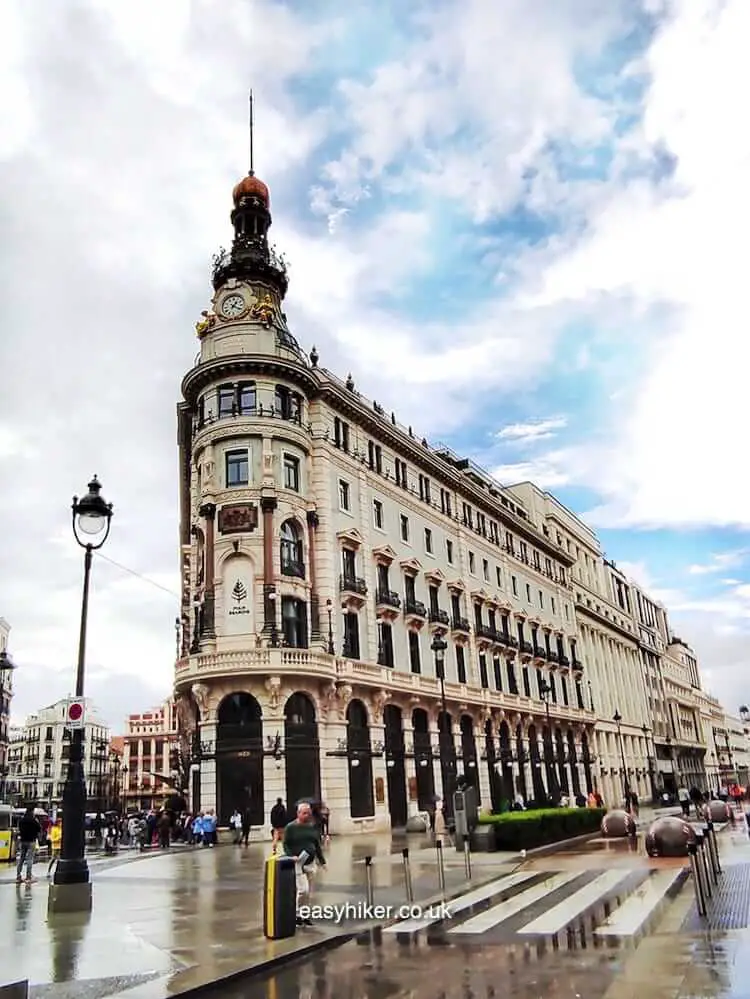
But if you have loved big cities in the past, you will also appreciate Madrid.
Big cities are not all the same, of course, but they do have a lot in common, more with each other than with smaller cities of the same country, just like a tiger in Siberia has more in common with a tiger in India than with a cat in Moscow.
Greatest Hits of Madrid
Big cities are not simply larger versions of smaller towns: they constitute a different species altogether. Towns and small cities can be best understood as urban versions an old 45, with an A-side that was the reason why you bought the record in the first place (the Old Town) and a B-side (everything else) that you listen to once – and only out of curiosity – if at all.
Big cities, conversely, are like albums: their different quarters and neighbourhoods all make very specific contributions to the whole, and the task of working out how these quarters do this: how they relate to each other and how they create this “sum of all parts”, is never truly finished. With the most complex cities, it can take a lifetime, and even that may not be enough.
But of course, there are differences, too. Madrid, in contrast to Europe’s most famous big cities of Paris and London, does not have much of a past, and its range is consequently narrower.
Madrid, for example, does not do Pretty.
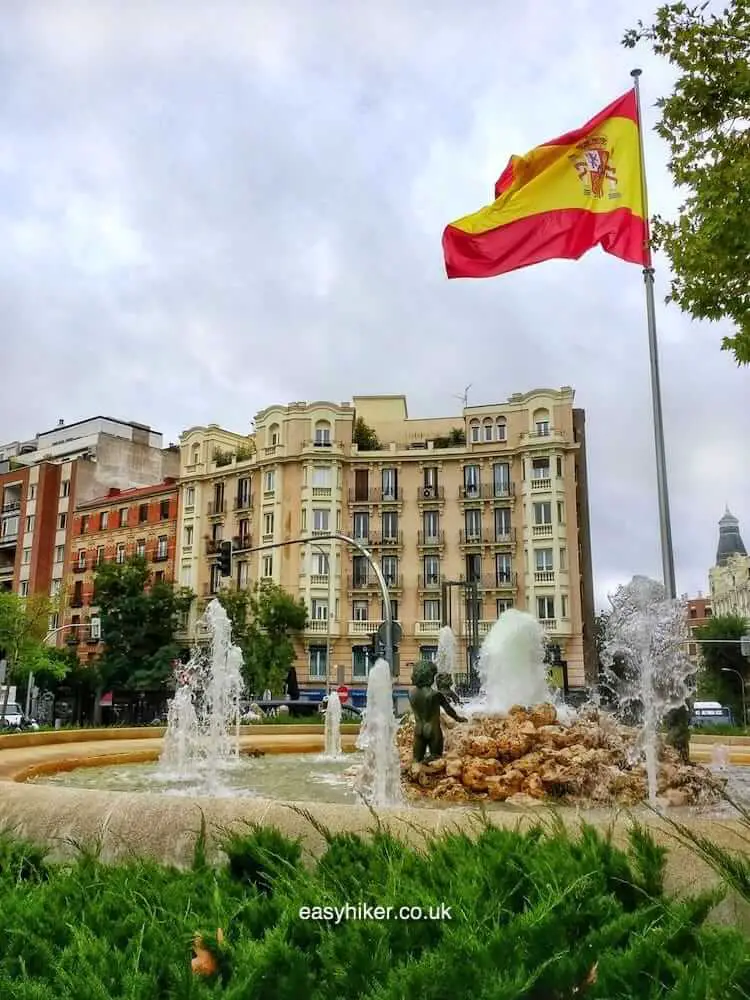
But there is something that Madrid does better than any other European city: it knows how to do Big.
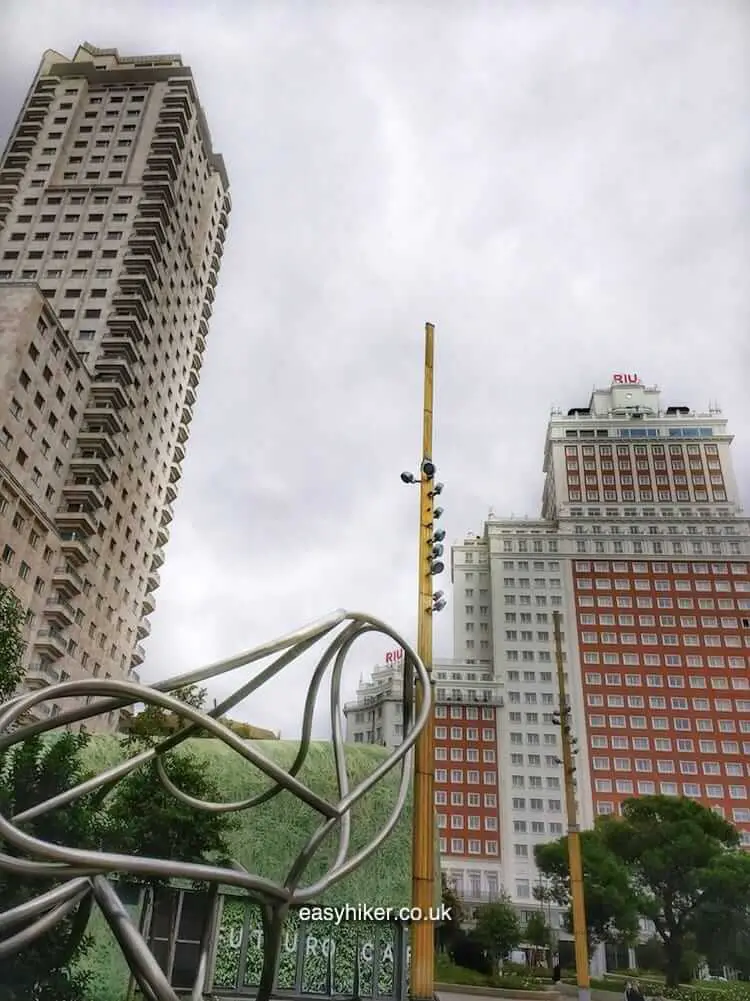
Which is why, before we take a stroll through its different quarters to sample the different melodies of the Spanish capital, we will walk down Gran Via where Madrid really shines.
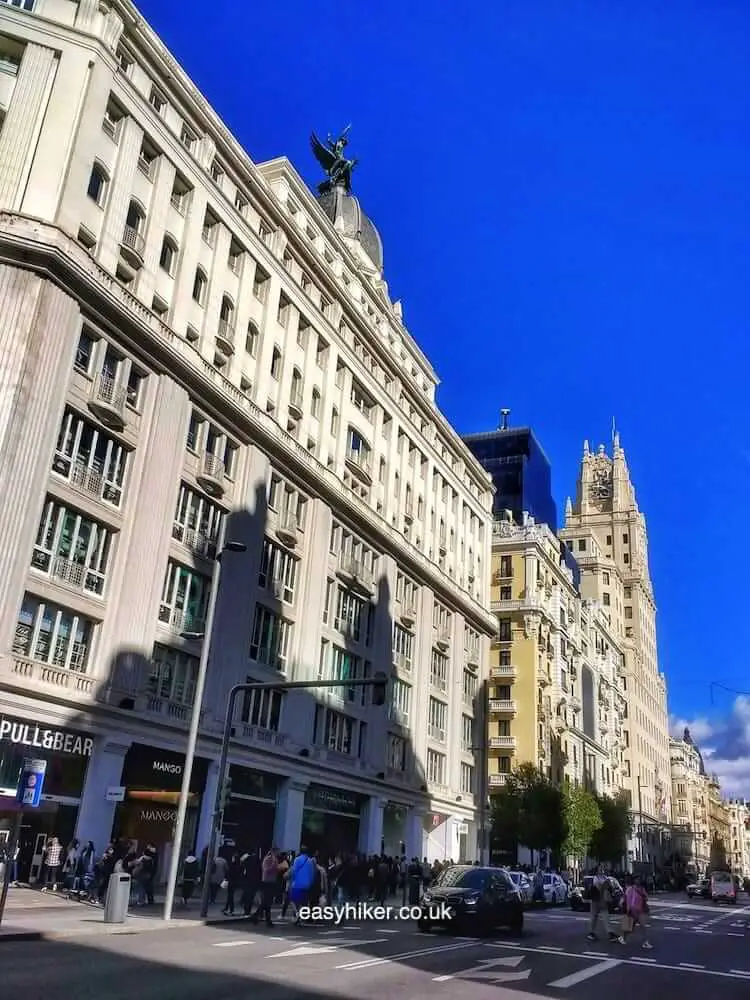
The star of Europe’s most impressive skyscraper canyon is the Telefonica building, at the time of its construction (in 1930) Europe’s tallest high-rise building and still one of its most impressive, particularly at night.
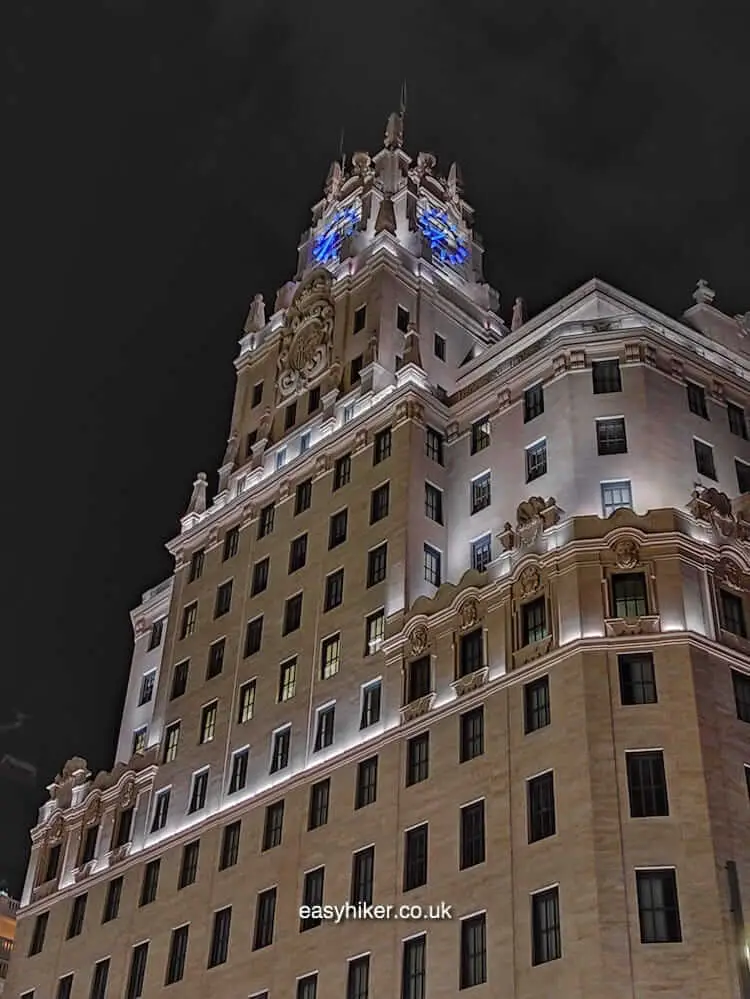
It is also one of the old continent’s most storied. During the Civil War, the Telefonica served as Republican Spain’s only window to the outside world: this was the only place from where foreign correspondents – who included famous writers such as Antoine the Saint Exupery and Ernest Hemingway – could file their reports and drum up international support for the beleaguered democratic government.
The Telefonica’s period facade harmonizes well with other buildings in the Gran Via quarter …
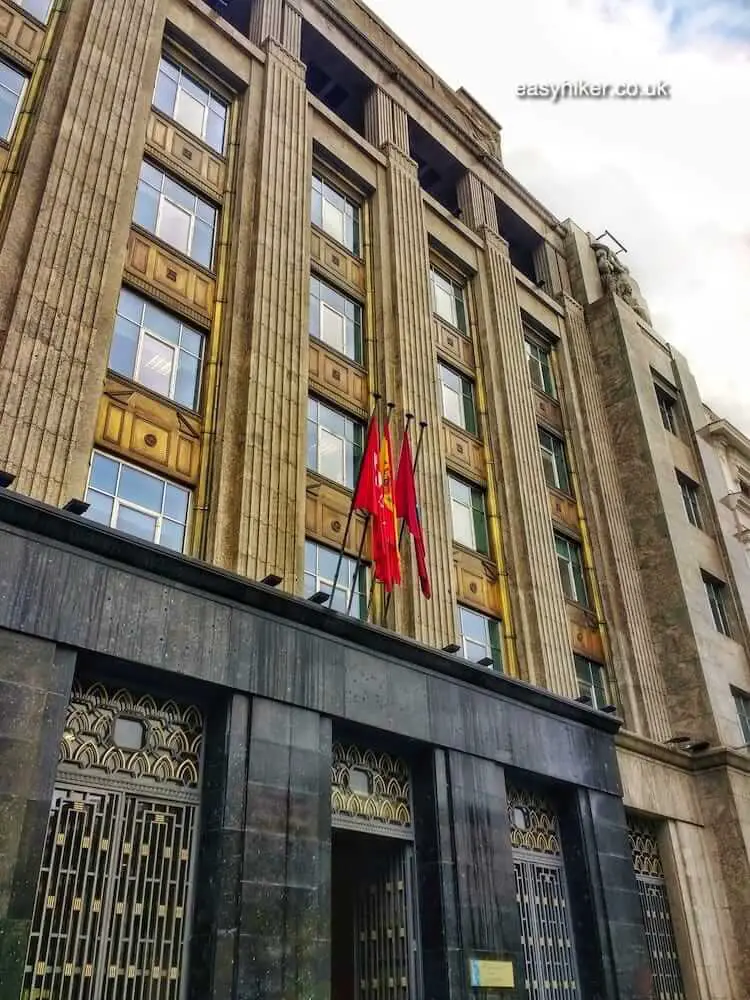
… and its Art Deco aesthetics are also echoed by many shop interiors on the street.
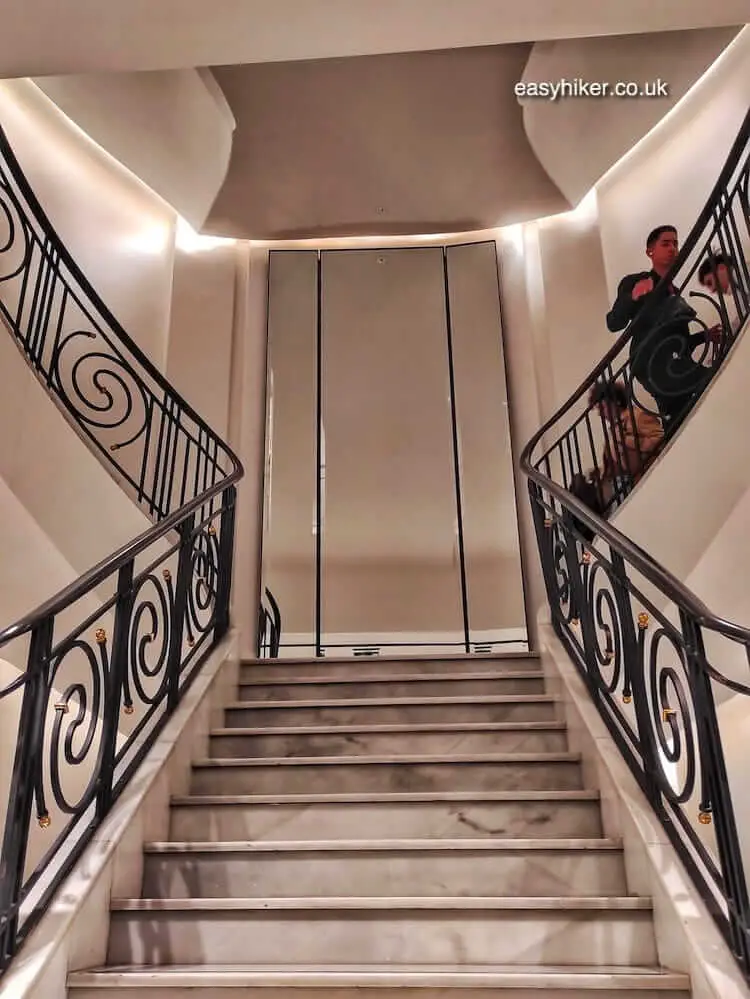
After our visit to Gran Via, we turn north to explore the Malasana quarter.
Until the 17th century, Madrid was a relatively small town, even by the standards of the period, so the modern city possesses no medieval flavoured Old Town that could provide a scenic backdrop for an urban entertainment district.
Malasana tries as best as it can to step into this gap. It features many handsome bars and restaurants …
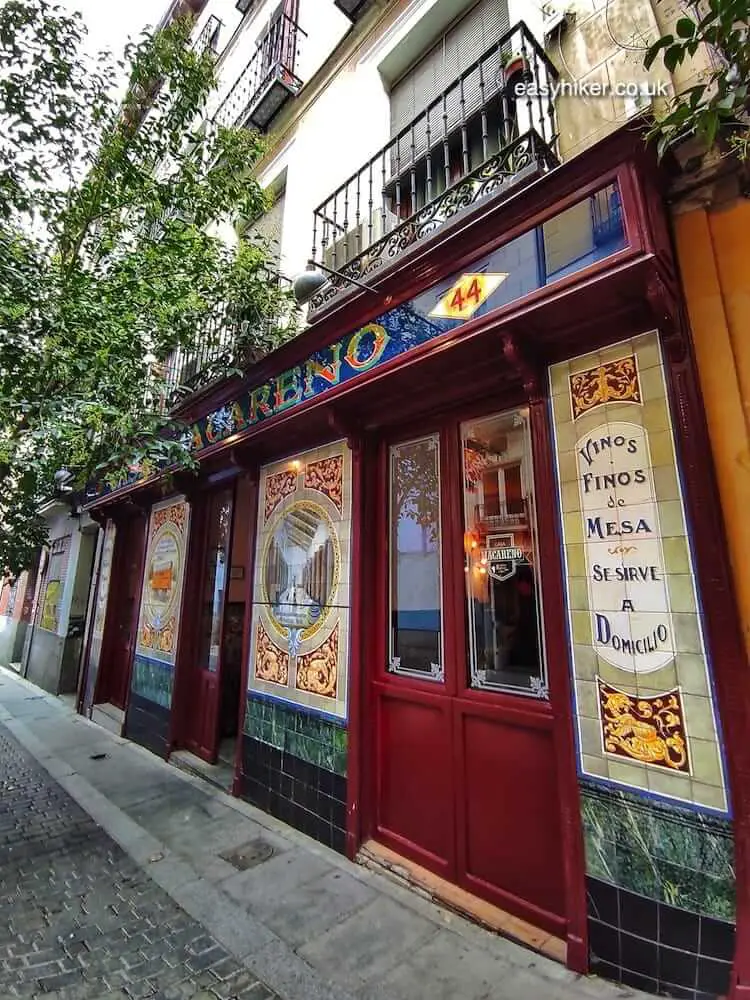
… as well as quaint, equally picturesque shops such as the Farmacia Juandes on the corner of San Andres and San Vicente Ferrer. (For decades, the magnificent 19th century tiles were covered by plaster to avoid the Franco government’s tax on outdoor advertising.)
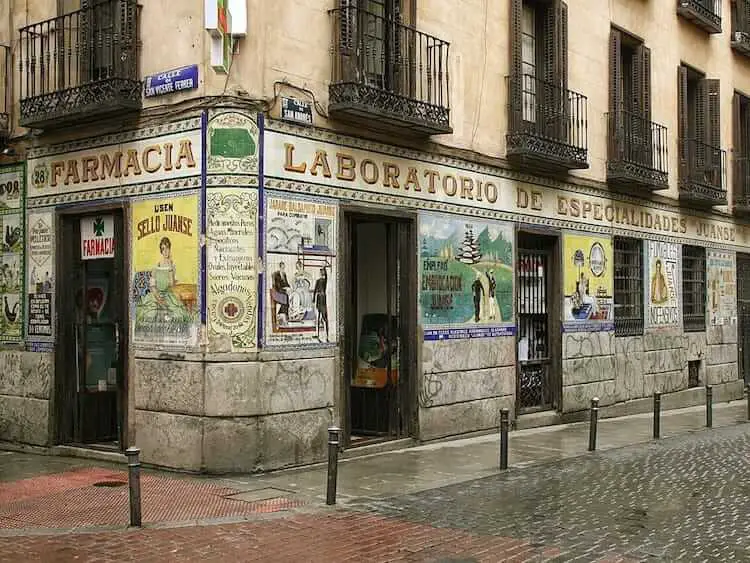
Malasana was the flashpoint of the Movena Madrilena, the cultural revolution that seized the country after the death of Franco and the demise of his regime. (The movement’s most internationally famous exponent is the film director Pedro Almodovar.)
The quarter can, in fact, look back on a long history of unrest and resistance to tyranny and was named after a young girl who was executed in 1808 after a revolt against Napoleon Bonaparte’s occupying forces which had started on the square which is today, in memory of the uprising, called the Plaza 2 Mayos.

You should also pay at least a brief visit to the Chueca district next door (east of Hortaleza), a busier and more colourful version of Malasana which is also Madrid’s gay quarter.
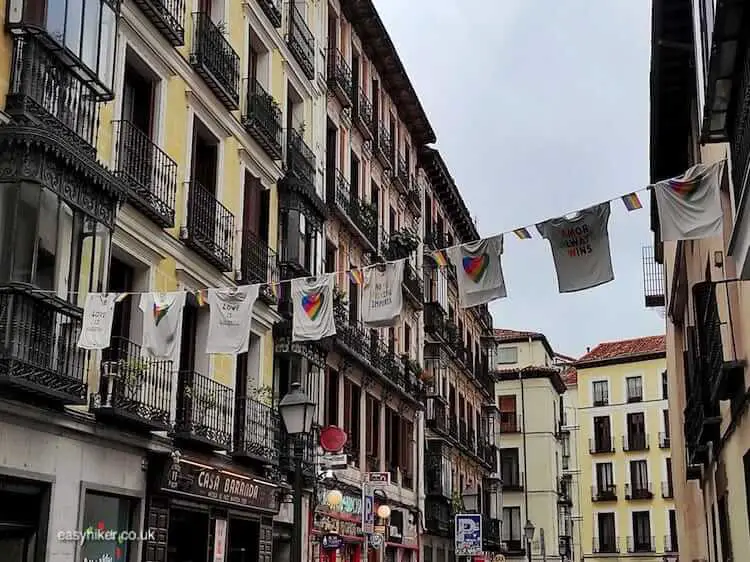
These two show that Madrid comes in all sizes – and that its register can also include Small. And, whisper it, even Cute.
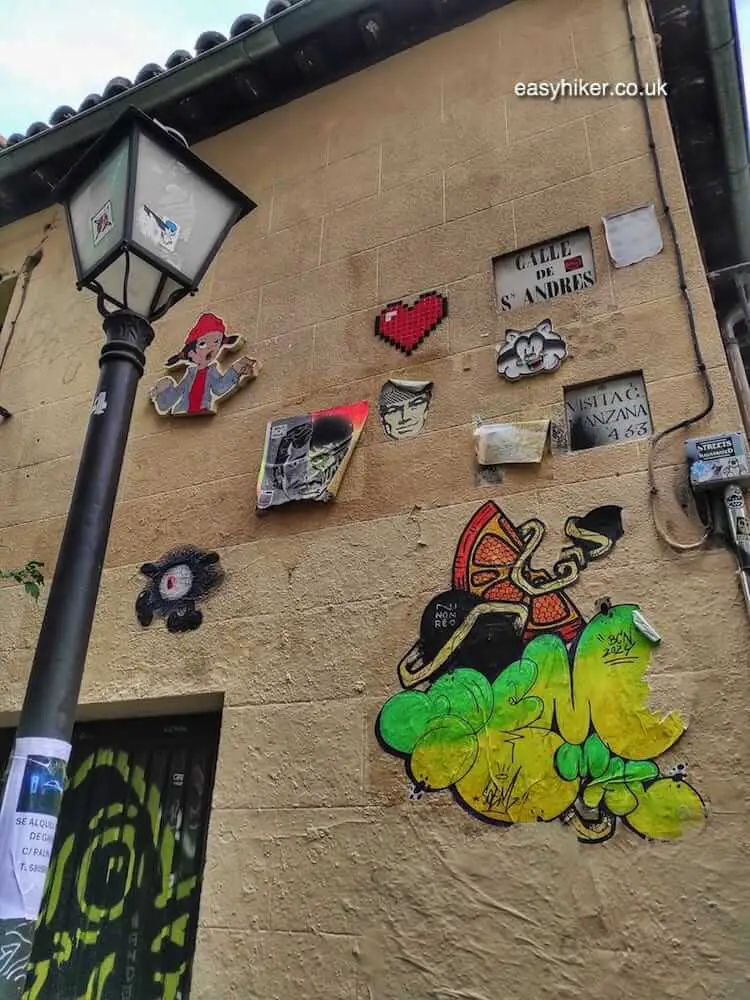
Elsewhere, however, bigness rules. Even outside the urban core, everything in Madrid is big: six-lane highways, hospitals that extend over two blocks, 10+-storey high residential buildings. Few places in Europe will remind you as much of the United States.
The Madrileños themselves, however, appear to associate Madrid’s love for the urban XXXXL with the Austrians. It is true that the Spanish capital owes its existence to the Habsburgs who moved the royal court here in 1561 when city the counted fewer than 20,000 inhabitants.
It is also true, however, that the Habsburgs’ most lasting architectural monuments such as the central Plaza Mayor …
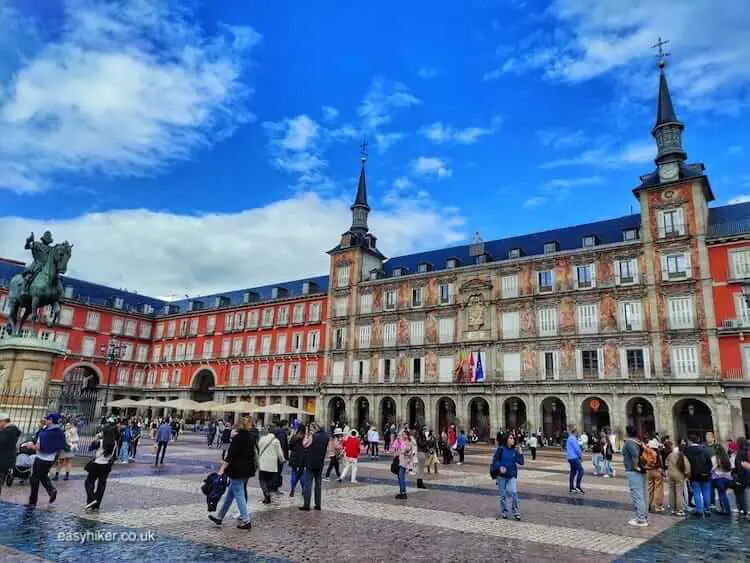
… and the near-by Plaza Villa …

… are actually rather tasteful and modest in scale.
Madrid’s building projects only took a Great Leap Upward in size during the 18th century – when the Bourbons ruled the country, who had been installed by Louis XIV at the peak of his powers.
Of course, the Sun King, the builder of Versailles, was Europe’s greatest ever proponent of BIG. With a floor space of 134,000 square metres and 3,400 rooms, the Royal Palace of the Spanish Bourbons is bigger than anything Louis XIV ever built and one of the largest royal residences anywhere in the world.
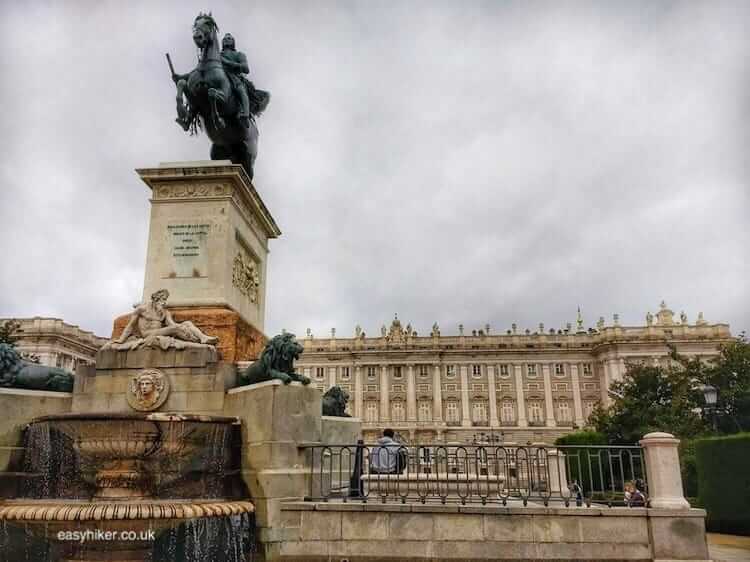
If you want to dedicate more time to a longer walk through the city’s Centro district and Royal Madrid, you can find a route here.
We hope that this collection of the greatest hits of Madrid has whetted your appetite for more: because now that we have familiarized ourselves with the album’s Side One, we shall turn it around and study Side Two – which is where you can usually find all the really interesting stuff.

